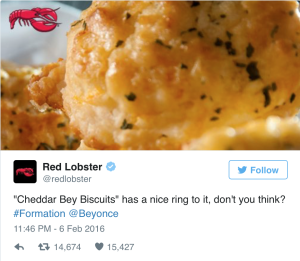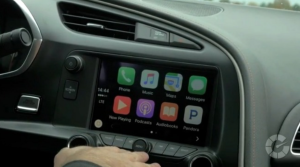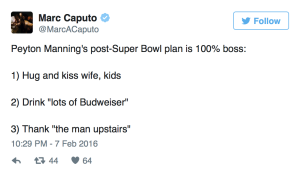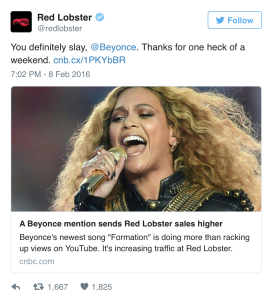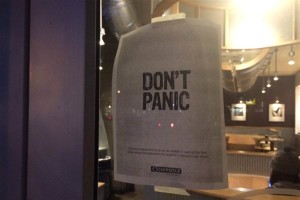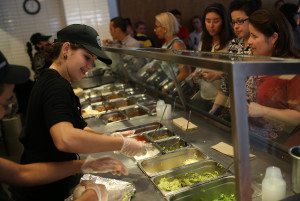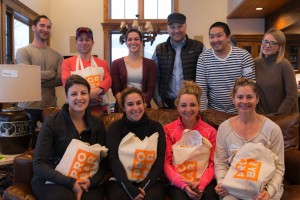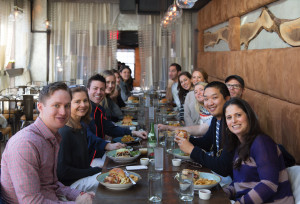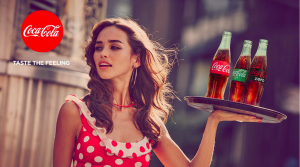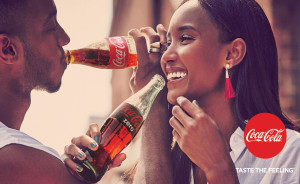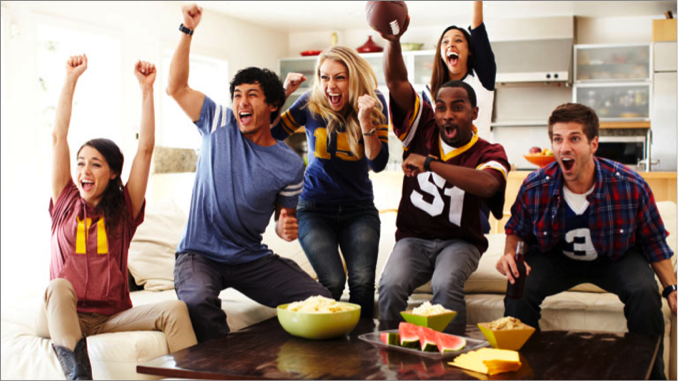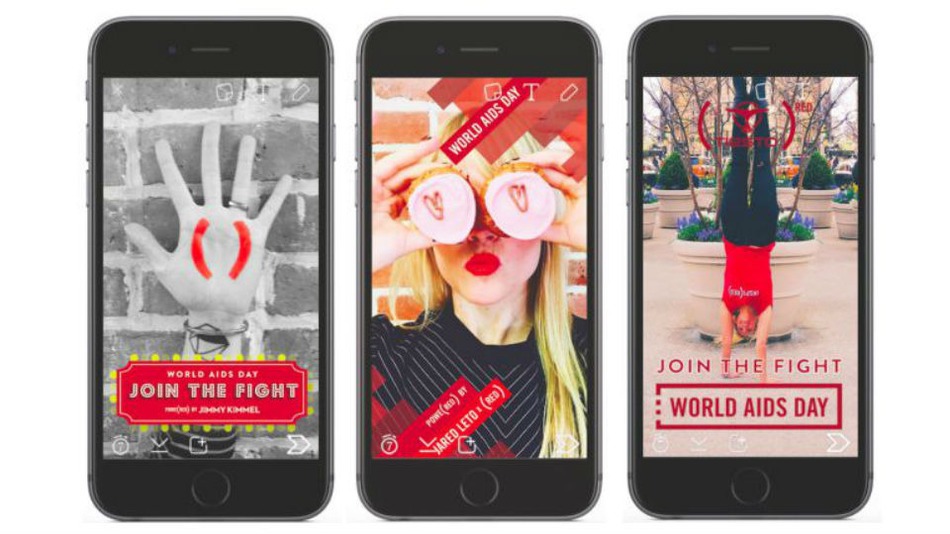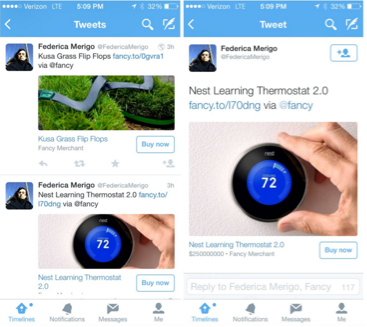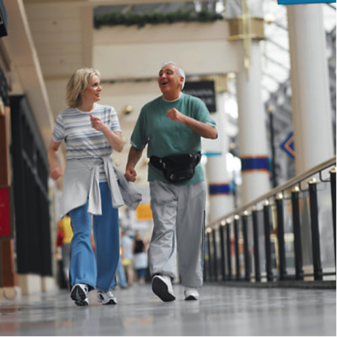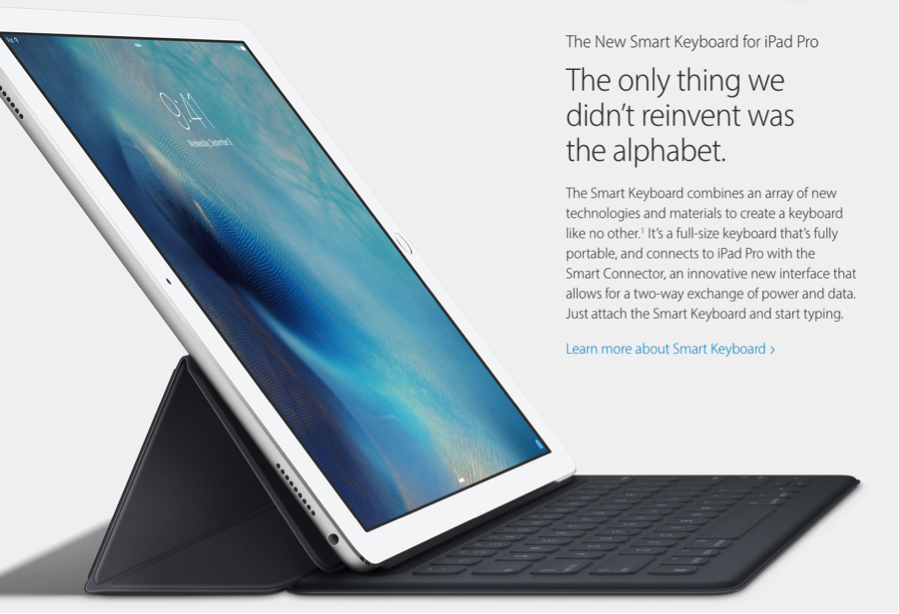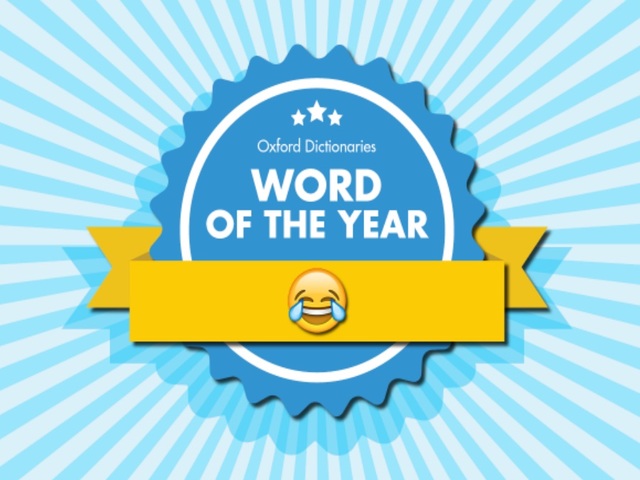It’s 11:00 AM. Too late for a post-breakfast snack but too early for lunch. You’re in culinary limbo.
As you sit at your desk listening to your stomach serenade you, your merciless mind races with thoughts of vicious things you would do for some grub right about now. SNAP OUT OF IT! You’re not you when you’re hungry – and Snickers understands.
A recent Snickers ad demonstrates the consequences of letting yourself get a little too hangry. Strategically placed on the back cover of Sports Illustrated’s Swimsuit Issue, the ad shows a beautiful model whose hair floats beside her head, whose belly button is near her chest, whose hand has been digitally placed onto her shoulder sans arm, and whose image, poor girl, has suffered multiple other repercussions of poor Photoshopping. The copy reads, “Photo retouchers get confused when they’re hungry.” Another ad from the campaign features a distraught, wind-blown model with copy that reads, “Wind machine operators get loopy when they’re hungry.” Clearly, these mistakes could have been avoided, had the workers had a Snickers bar.

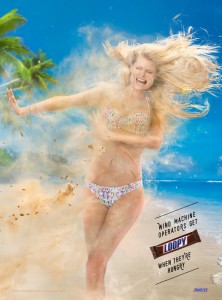
With this new campaign, Snickers sought to revamp their now six-year-old motto, “You’re not you when you’re hungry,” in a fun and hyper-targeted way. Using minimal copy, Snickers challenges audiences to interact with the former ad by finding all 11 retouching errors. While it seems the rest of the world is focusing on technological advancements, Snickers proves that print advertising ain’t about to be a #TBT just yet.
Considering Sports Illustrated’s religious use of Photoshop, the placement of these ads is significant and ironic. Luckily, Snickers was able to bring attention to the absurdity of retouching in a lighthearted, fun way, thus functioning successfully alongside its outlet and, therefore, its audience, rather than against them.
Not only does the campaign get an A+ for creativity, its timeliness is on-point, as well. Sports Illustrated model Ashley Graham recently announced that her 2016 cover is au naturel and entirely untouched. Looks like the magazine is taking the appropriate steps toward combating its notorious reputation by stepping out of its comfort zone to recognize real, natural women for the first time in history. And the Snickers ad, it seems, is the perfect cohort in this effort.
While the ads are proving effective in the states, we’ll have to keep tabs on the brand’s performance abroad, due to a recent product recall in the Netherlands. Maybe Snickers factory workers should start practicing what they preach–hunger always gets the best of us!
[SOURCE]

